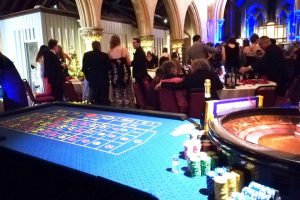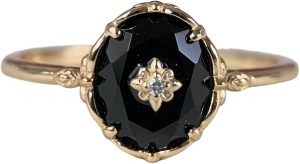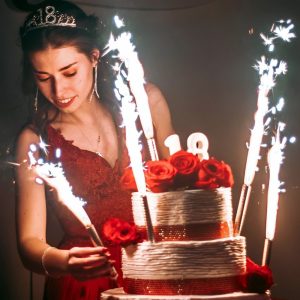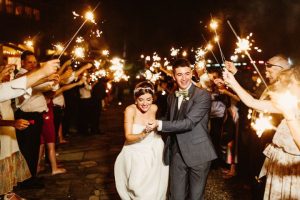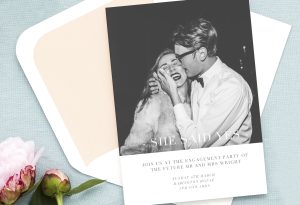Photography lighting and its importance
Lighting is a key factor in taking a perfect picture. Lighting determines brightness and darkness also tone, mood and the atmosphere. Along these lines it is important to control and manipulate light effectively so as to get the best texture, dynamic quality of colors and a bright subject. By distributing shadow and highlights precisely, you can make adapted proficient looking photos. Today I will tell you about different types of lighting to use while photography. If you not able to setup proper lighting for your photography then you need to outreach some retouching work form freelancer or clipping path service provider.
Positioning Light
The source your light is originating from huge effects on how it falls on subject. Light coming from behind the camera, and pointing straightforwardly onwards gives you flay lighting. It will likewise make shadows fall in the background of the picture. Side lighting produces an interesting light, as it shows the state of the subject considerably more and cast it in partial shadow giving it a more dramatic look. Lighting sourced from the rear of your subject gives an alternative effect. This time a large portion of the light is hitting the side of the subject creating a more bright and dramatic light.
Shaping Light
Adding a diffuser to your light source can reduce glare and hard shadows and furthermore reduces flaws on your subject. It gives your fake light a gentler more regular looking outcome. You can diffuse light various ways. Using soft boxes, umbrellas and sheer heatproof material work truly well to accomplish this outcome.
Controlling Light
Light can be controlled to fall on a particular area of interest on your subject. This can be accomplished using diffusers and reflectors. Folding Reflectors shape daylight or bob streak light with on zone you’d like to feature. Spot lights can likewise be canvassed in light shapers that empower you to have more authority over the bearing the light will fall and how wide the light ranges.
When you’ve accomplished the most ideal outcome with your lighting arrangement, you can likewise make an additional effect through Adobes light room. This product has the capacity to upgrade and improve your advanced photos. Giving you the alternatives to change shading parity and temperature, improving tones, honing, decreasing commotion, editing, and in any event, changing over to high contrast. Lighting can be the contrast between a stunning photograph and a helpless one. Acing how to use light for your potential benefit and getting the most ideal outcome out of your arrangement will likewise isolate your work from your peers and put you on the way to accomplishing proficient looking symbolism.
Light and Film Photography
At the point when we press the shutter button of a film camera the light that has entered through the perspective hits the film. Photographic film is secured with plastic emulsion that contains photosensitive silver halide crystals. These crystals respond to the light artificially and the film “records” the picture.
You should remove the film from the camera and create it with appropriate synthetic compounds in complete murkiness. In any case light will destroy it.
Light and Digital Photography
For portrait photography it’s very essential for proper lighting, because those type of photography shoot for business purpose like for fashion house or magazine. So every time photography need to make ensure that every photo taken by following proper photo retouching rules and have enough lighting on it. The way toward making pictures with an advanced camera is somewhat unique. Again, light enters the camera through the viewpoint yet rather than a film, it hits the picture sensor.
The camera sensor comprises of minuscule units, pixels. Every pixel gauges the force of light by tallying the quantity of photons arriving at the unit and records this as advanced information. That is it. More or less, the RAW information is the assortment of recorded estimations of force of light from every pixel of the sensor. Before we can “paint with light” we have to measure and recorded it.
